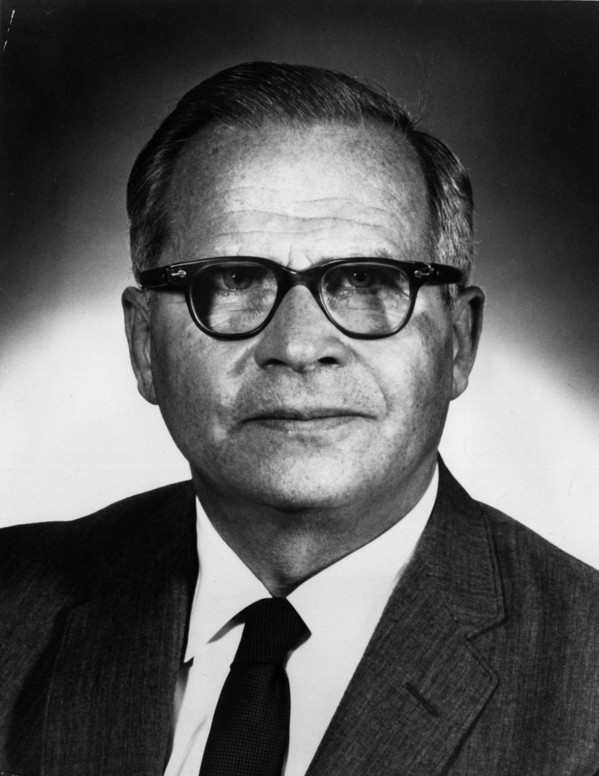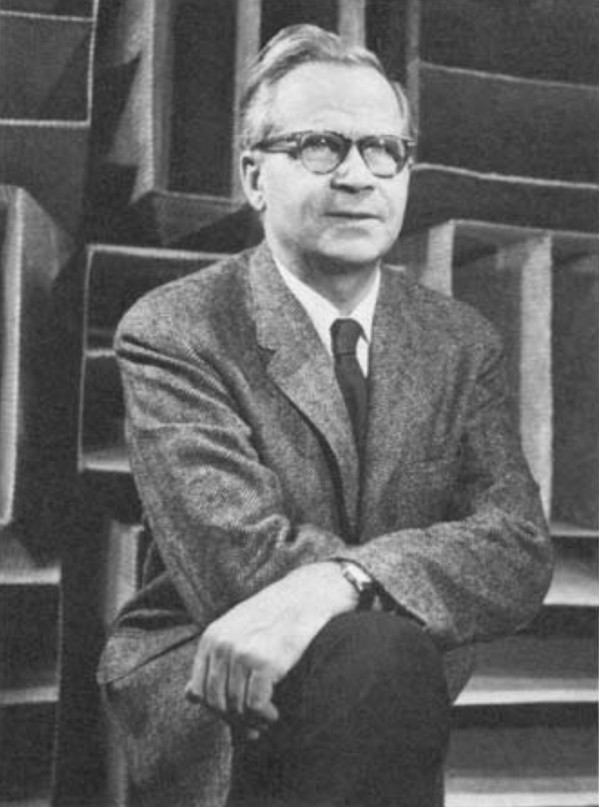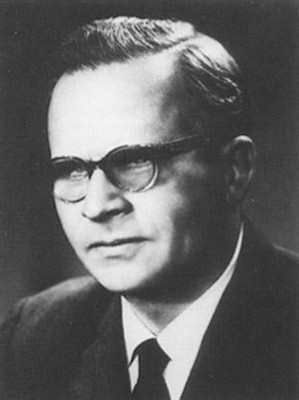Peter C. Goldmark
Настоящее имя: Peter C. Goldmark
Об исполнителе:
Peter Carl Goldmark (2 December 1906, Budapest, Hungary — 7 December 1977, Port Chester, New York) was a Hungarian-American audio engineer and inventor, Vice President of Columbia Broadcasting System, Inc., co-founder and Director of Research at CBS Laboratories. Goldmark played a crucial role in creating a 33⅓ RPM long-playing record and made several groundbreaking discoveries in early color TV and video technology. He was a Fellow (1959) and Honorary Member (69) of the Audio Engineering Society, a member of IEEE, the National Academy of Engineering, the National Academy of Sciences and numerous other professional associations. He received over 20 prestigious awards, including the National Medal of Science from President Jimmy Carter in November 1977. Goldmark studied engineering at Humboldt-Universität zu Berlin in Germany and then enrolled in the University of Vienna, receiving his Bachelor's (29) and Ph.D. in physics in 1931. Péter Károly then settled in Great Britain and worked on TV-related projects between 1931 and '33 at Pye Radio, Ltd in Cambridge, England. In 1933, Peter Goldmark immigrated to the United States. He joined Columbia Broadcasting System, Inc. in 1936, starting in a tiny room with two technicians. Goldmark's first notable invention was a field-sequential color system for TV broadcasting, presented in August 1940. It utilized a rapidly rotating wheel and three separate RGB beams, thus incompatible with standard television sets without a custom adapter. (Although CBS broadcasted in Goldmark's color system in 1950–51, subsequently, RCA/NBC's "compatible color" technology became the industry standard, approved by FCC in late 1953). During World War II, Peter C. Goldmark served at Harvard's Radiation Laboratory, returning to his duties at CBS afterward. He formed a working group to develop a "long-playing" phonograph disc format, including Howard H. Scott, William A. Savory and a talented engineer William S. Bachman whom Goldmark hunted from General Electric. The LP record was introduced to the press by Columbia's president Goddard Lieberson in June 1948 at Waldorf Astoria Hotel in Manhattan. Goldmark outlined the technical aspects of the invention in the article "Columbia Long-Playing Microgroove Recording System," printed in Proceedings of the IRE in August 1949 and co-authored with his assistant, René Snepvangers and William Bachman. Peter Goldmark continued working on video-related technology at CBS, including his "EVR," the Electronic Video Recorder. This device used a twin-track 8.75 mm film spooled in a plastic cartridge, with video signals recorded by an electron beam, and CBS presented early prototypes in August 1967. Even though Goldmark's EVR never succeeded in commercial adoption, the format stimulated parallel efforts from competitors, leading to conventional magnetic tape and video disc standards in the following years. In December 1971, Peter retired from CBS and established Goldmark Communications Corporation in Stamford, Connecticut, to continue his research in cable television, satellite communications and electronic publishing. Goldmark died in a car accident when he was 71.


